As a string musician, you know that your instrument is more than just a tool for making music – it’s an extension of your artistic expression. To ensure that your instrument continues to produce the rich, beautiful tones you love, it’s essential to maintain proper humidity levels and achieve harmony in humidity. According to renowned luthier John Smith, “Humidity control is one of the most important factors in preserving the health and sound quality of a string instrument.” In this article, we will explore the importance of humidity for string instruments and provide practical tips for keeping your instrument happy and hydrated.
How Humidity Affects Your String Instrument
String instruments, such as violins, violas, cellos, and upright basses, are crafted from wood – a material that is extremely sensitive to changes in humidity. When exposed to low humidity levels, the wood can shrink, causing cracks, seam separations, and even structural damage. On the other hand, high humidity can cause the wood to swell, leading to warping, buzzing, and reduced sound quality.
To achieve harmony in humidity, maintain the integrity of your string instrument and ensure optimal sound quality, it is crucial to keep the humidity levels within the recommended range of 40-60% relative humidity (RH). This range allows the wood to remain stable, preventing damage and preserving the instrument’s tonal qualities.
Maintaining Optimal Humidity for Your String Instrument
To maintain harmony in humidity, the ideal humidity range for your string instrument, you will need to use a combination of humidifiers and hygrometers. Here are some practical tips to help you keep your instrument properly humidified:
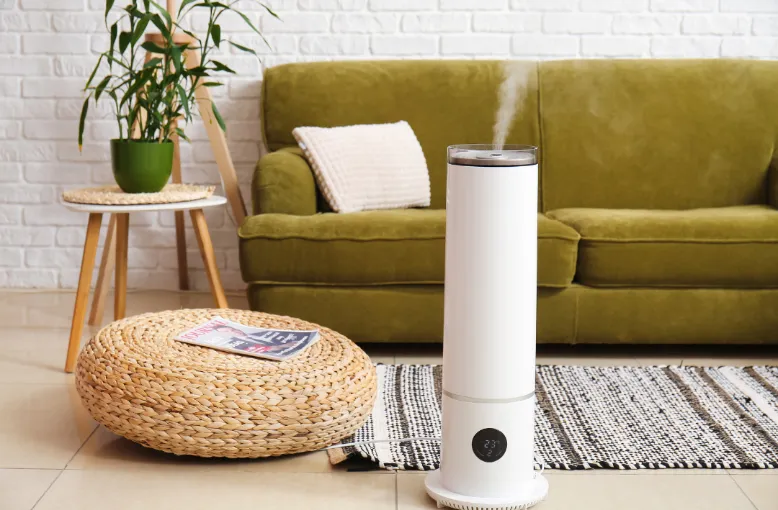
1.Invest in a high-quality humidifier
Choose a humidifier specifically designed for use with string instruments, such as a case humidifier or a room humidifier. Case humidifiers are small, portable devices that fit inside your instrument case, while room humidifiers can be used to control the humidity in a larger space, such as a practice room or studio. For larger instruments like upright basses, a case humidifier may not be practical, so a room humidifier is recommended.
2.Monitor humidity levels with a hygrometer
A hygrometer is a device that measures the relative humidity in the air. Place a digital hygrometer inside your instrument case or in the room where you store your instrument to keep track of the humidity levels. Check the readings regularly and adjust your humidifier as needed to maintain the optimal range. Learn more about how to effectively use a hygrometer: Link: How to Test a Hygrometer.
3.Use distilled water in your humidifier
To prevent mineral buildup and ensure the longevity of your humidifier, always use distilled water. Avoid using tap water, as it can contain minerals that can clog the humidifier and potentially harm your instrument.
4.Don’t over-humidify
While it’s essential to maintain adequate humidity levels, be careful not to over-humidify your instrument. Excessive moisture can lead to warping, swelling, and other damage. If you notice condensation on your instrument or inside the case, reduce the humidity levels until the condensation disappears.
Specific Considerations for Each String Instrument
While all string instruments require proper humidity, there are some specific considerations for each type:
1.Violins and Violas
Due to their smaller size, violins and violas are more sensitive to humidity changes. Pay extra attention to the humidity levels in your case and use a case humidifier to maintain stability.
2.Cellos
Cellos have a larger body and thicker wood, making them slightly more resilient to humidity fluctuations. However, it’s still crucial to monitor the humidity levels and use a room humidifier or case humidifier as needed.
3.Upright Basses
Upright basses are the largest of the string instruments and require more significant humidity control. Use a room humidifier in your practice space or studio to maintain optimal humidity levels for your bass.

By taking the time to understand the specific humidity needs of your string instrument and implementing these practical tips to achieve harmony in humidity, you will ensure that your instrument remains in top condition, producing the beautiful, rich tones you love for years to come.
At Practicing Musician, we understand the importance of proper instrument care and maintenance. Our comprehensive online music education platform offers a wide range of resources to help musicians of all levels develop their skills and keep their instruments in optimal condition. Check out our instrument care blog for, Cello, Violin and Upright Bass more expert tips and techniques. With expert guidance and a supportive community, Practicing Musician is your partner in your musical journey. Sign up today and take your music to the next level!

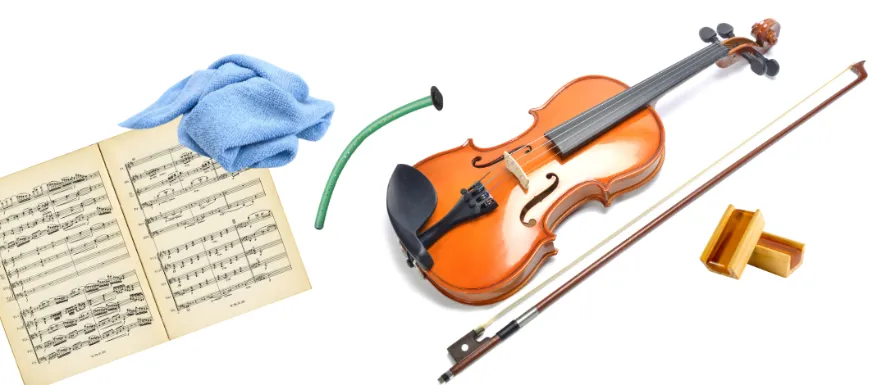

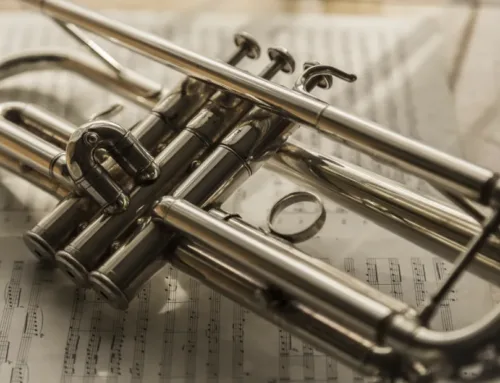
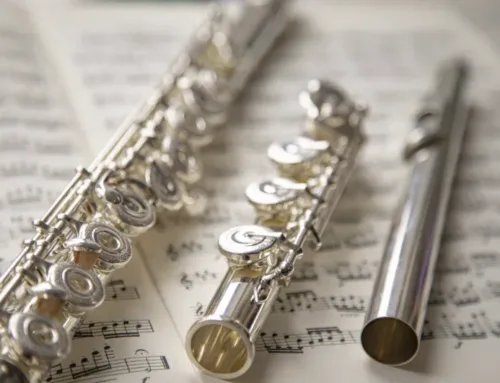
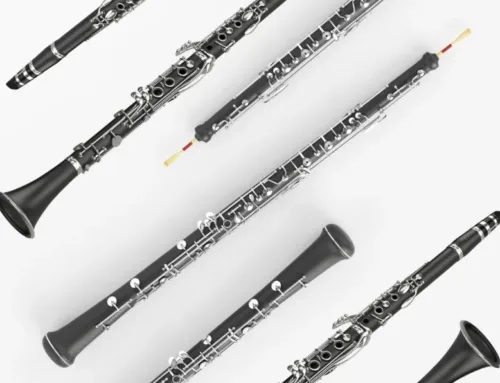
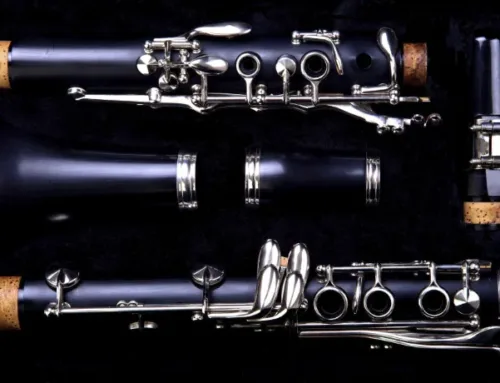

Leave A Comment
You must be logged in to post a comment.